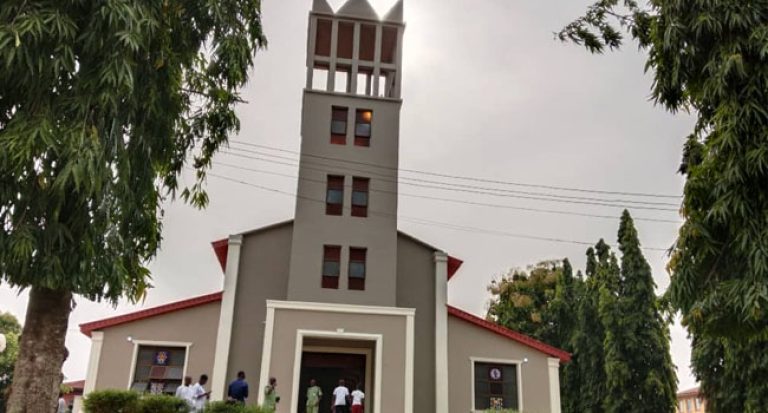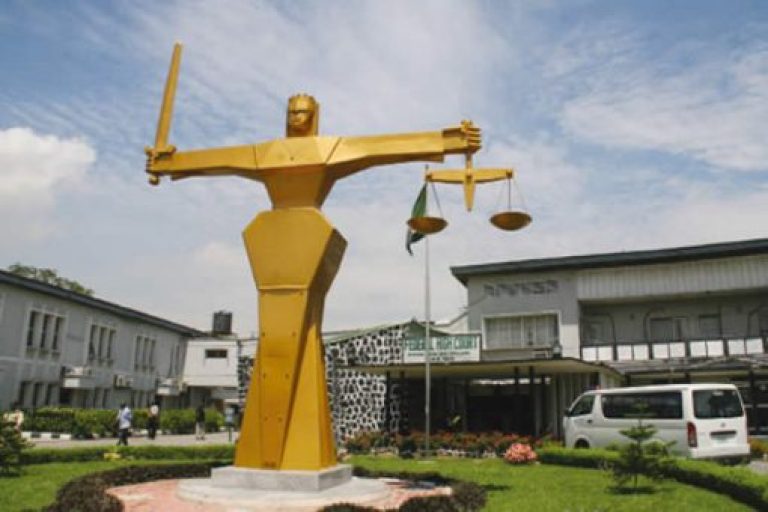
By FAVOUR OLUKUNLE
Breast cancer is a type of cancer that develops when cells in the breast grow and divide in an uncontrollable way, resulting in the formation of atumor. Initially, the cancer grows in the confinement of lobules (milk-producing glands) or ducts (pathway that carry milk from the glands to the nipples), where symptoms does not occur and has a lower chance of spreading. However, the cancer if not detected early enough, spreads to the lymph nodes beneath the arms, to form new tumors. Once the cancer has infiltrated the lymph nodes, it can spread to other tissues in the breast, and this stage is known as metastasis (malignant).
Scope of the disease
Breast cancer, according to Centers for Disease Control and Prevention (CDC), is the second most frequent cancer in women. According to WHO estimates, over 2.3 million women were diagnosed with breast cancer in 2020 and 685, 000 out of these women died. Breast cancer is the main cause of death among women between the ages of 35 to 54.
The cancer was first discovered in the 1930s, and little change occurred all through the 1970s. In the 1980s, countries with early detection programs began treating breast cancer, with a 75.2 percent survival rate. However, in recent years, the survival rate of breast cancer has risen to 90.6 percent.
Signs and symptoms of breast cancer
- redness of the breast and nipples
- changes in appearance, size and form of the breast
- pain in the breast
- discharge in the nipple other than breast milk
- thickening of the breast
- swelling occurring under the arms.
Causes of breast cancer
Breast cancer arises when cells in the breast increase and divide in an uncontrollable way. Medical experts are yet to discoverwhat causes breast cells to divide and multiplyabnormally; nevertheless, they have identified a number of risk factors that can increase the chances of developing breast cancer. These factors include:
- Gender: Women are more likely than men to develop breast cancer
- Menstruation in its early stages: If you started having your period at the age of 12 , you’re at a higher risks of being diagnosed with breast cancer
- Age: As you grow older, your chances of being diagnose of breast cancer increases. However, women age 50 and above are commonly diagnose of invasive breast cancer.
- Genetics and family history: According to research, between 5 to 10% of these aberrant breast cells handed over from parents to children. As a result, you’re at danger if your mother, sister, or other close relatives have ever been diagnosed with breast cancer.
- Smoking: Tabacco has been linked to be the cause of several diseases including as lung or breast cancer.
Prevention of breast cancer
- Routinemammogram
- Self –examination of the breast once a month after age 20 is recommended
- Having your breast examined for at least three years after age 20 by a healthcare provider.
- Increased awareness on issues relating to breast cancer.








